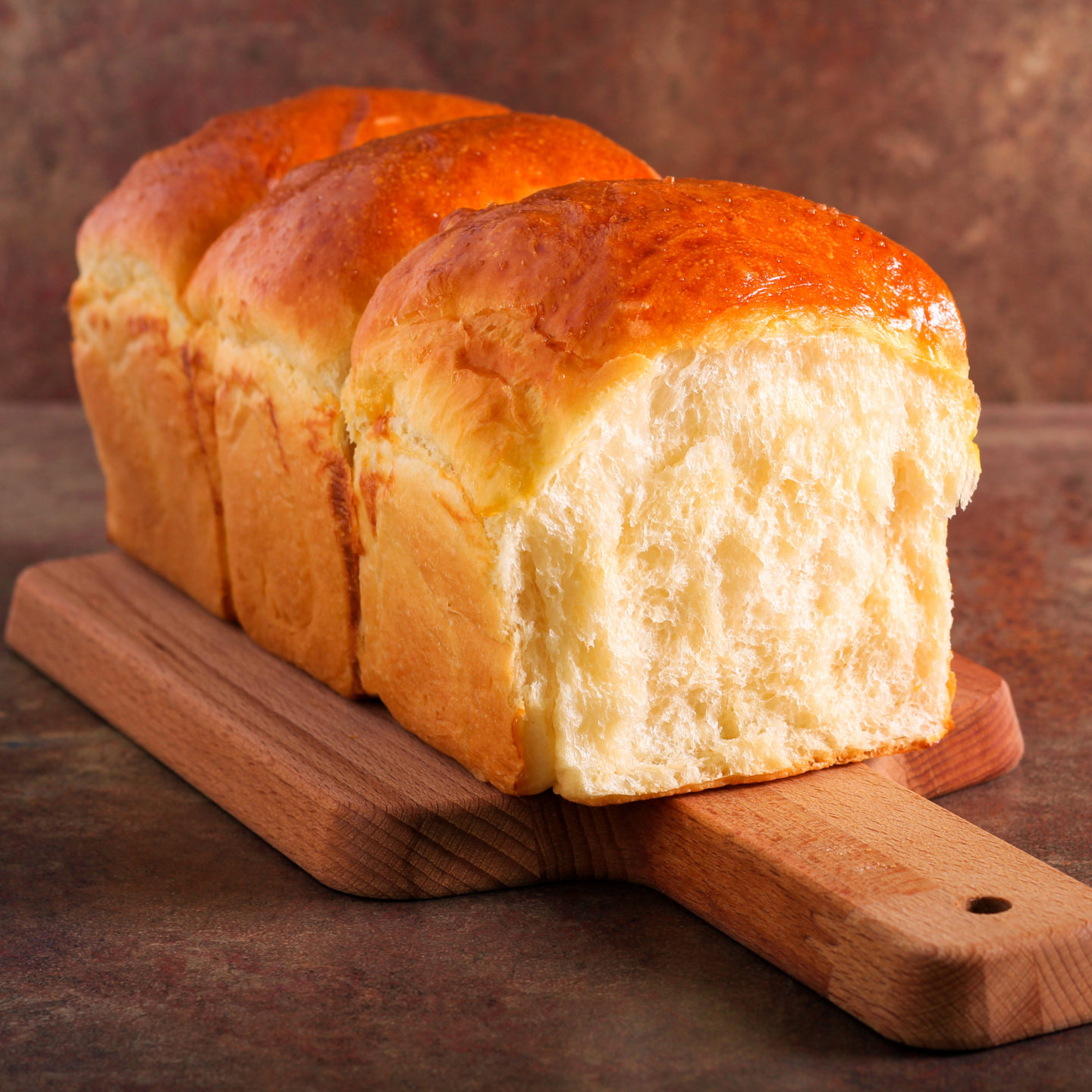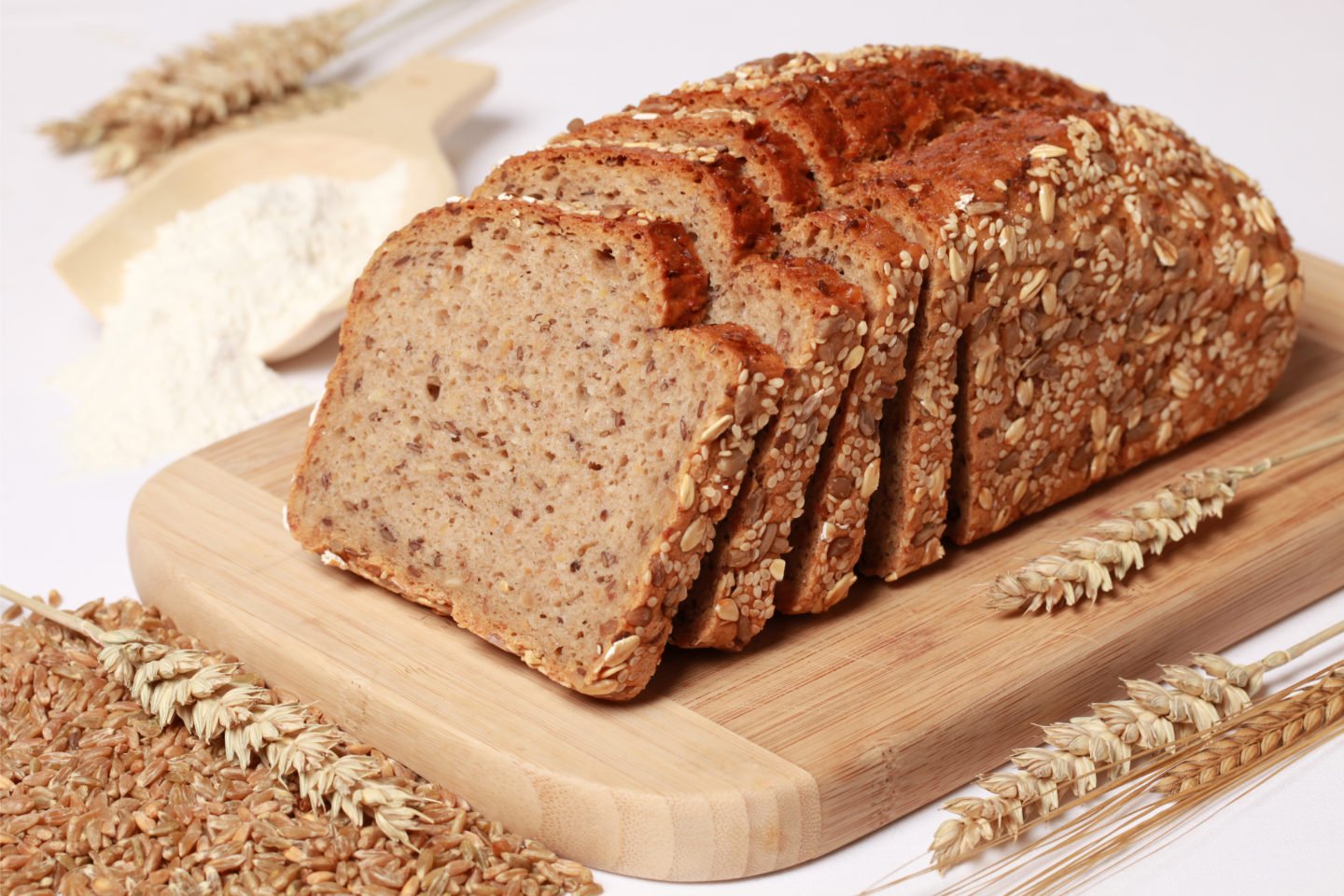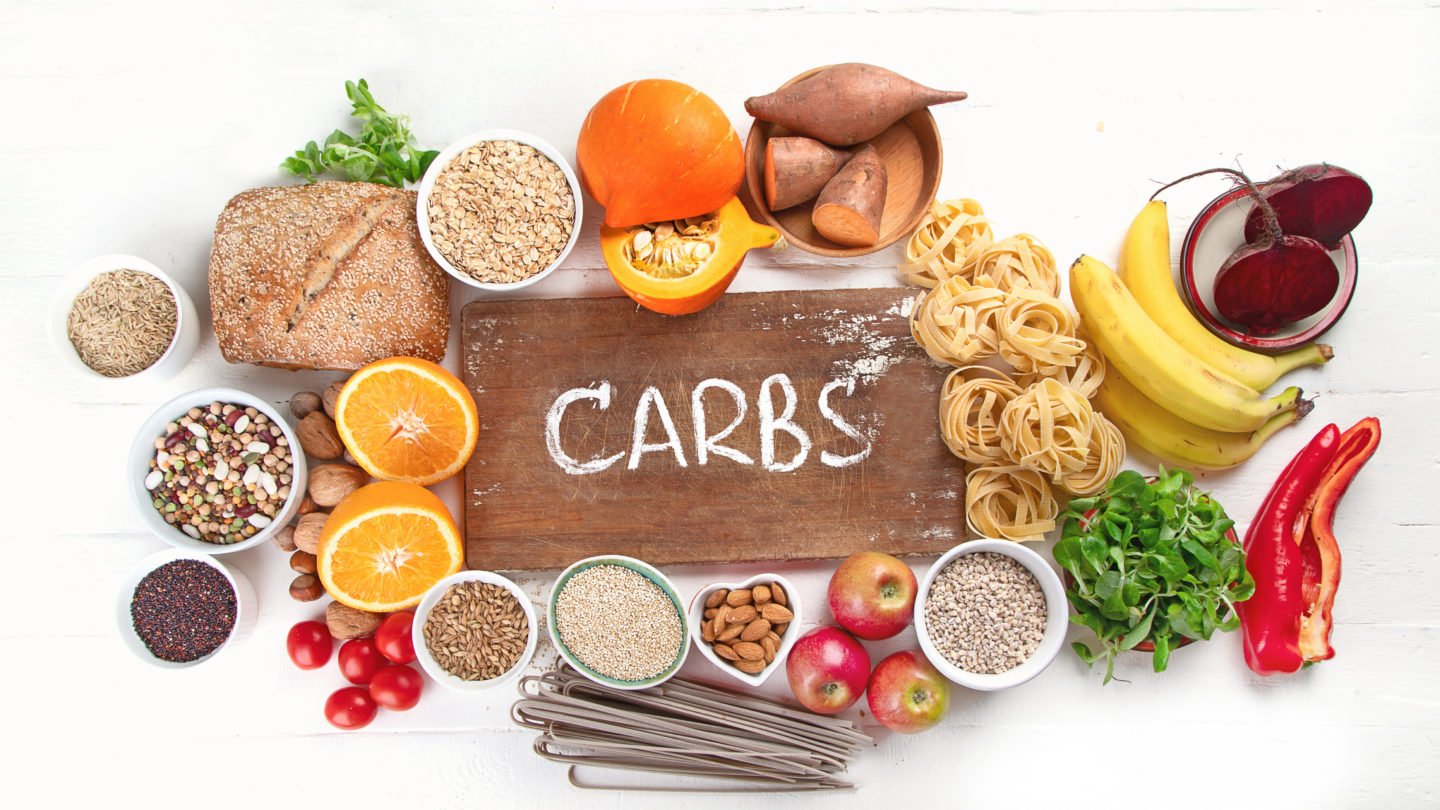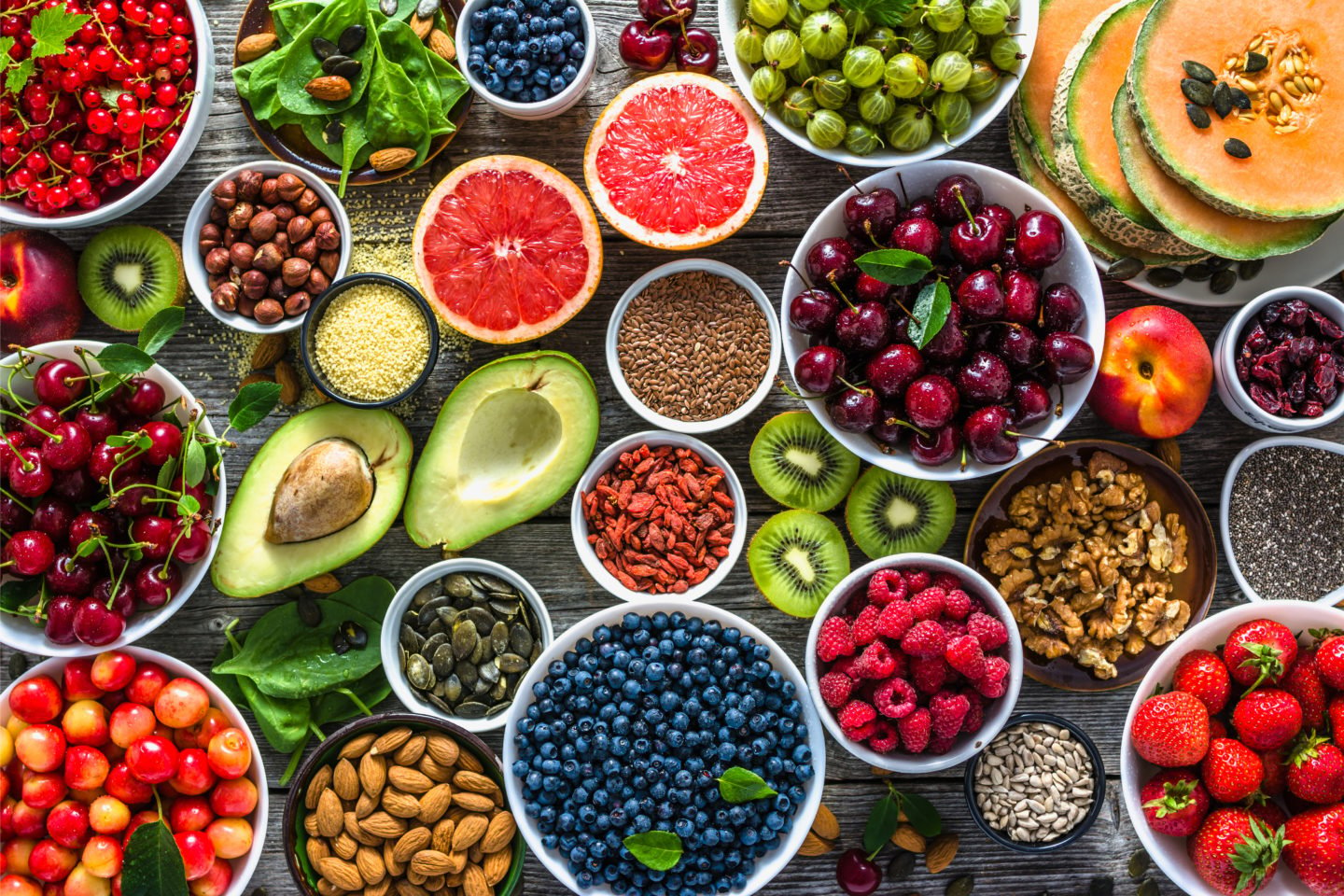Although the most common cause of acid reflux is the condition called Hiatal hernia, one’s diet greatly influences the occurrence of symptoms. A fatty, sugary, and low-fiber diet triggers heartburn and other acid reflux indicators. Overeating also results in slow digestion of food, causing excess acid production.

The type of bread makes all the difference in helping or worsening acid reflux symptoms. White bread is made from flour, sugar, butter, and milk. Avoid these ingredients as they take longer to digest, triggering excessive acid production. Healthy bread alternatives to prevent acid reflux contain whole wheat, brown rice, whole barley, oats, and other fiber-rich ingredients.
This article will discuss the contents of different types of bread and their effect on acid reflux symptoms. We also included some of the easiest recipes you can make at home.
Table of Contents
Acid Reflux In A Nutshell
When stomach fluids back up into the esophagus and mouth, it is known as gastroesophageal reflux or "acid reflux." Reflux is common among healthy infants, children, and even adults and occurs most frequently after a heavy meal. The majority of incidents are short and do not result in any unpleasant symptoms or problems.
Acid reflux causes uncomfortable symptoms or esophageal damage in persons with gastroesophageal reflux disease or chronic acid reflux. Heartburn, regurgitation, difficulty or pain swallowing, bloating, and even bad breath are all symptoms of gastroesophageal reflux disease. Aside from hiatal hernia, a fatty and sugary diet triggers these symptoms.
Since acid reflux is greatly influenced by diet, the best way to prevent the symptoms is to refrain from the triggering factors. Avoid consuming too many carbs, sugar, acidic foods, fatty foods, spicy food, and carbonated beverages. Obesity is one of the most significant factors contributing to developing gastroesophageal reflux disease or chronic acid reflux, and eating too much white bread can lead to weight gain.
Acid Reflux And Bread
Does White Bread Cause Acid Reflux?
Since white bread contains refined flour, sugar, egg, and salt, it’s considered a high-carb food, triggering gastroesophageal reflux disease symptoms and causing diarrhea in those with gluten intolerance. Eating foods high in carbohydrates delays digestion, causing more gastric acid production and increasing the risk of the acid coming back up to the esophagus.
White bread also contains very little fiber, which aids in proper digestion and makes you feel full for longer. Although white bread and whole wheat bread have the same pH levels, white bread is loaded with salt and sugar, which can trigger acid reflux.
Do Whole Wheat Bread and Whole Grain Bread Help Prevent Acid Reflux?

Whole wheat bread and whole-grain bread are healthier than white bread in all aspects and are safer types of bread for those with gastroesophageal reflux disease. Whole wheat bread is prepared using flour that includes the bran and germ from the wheat kernel. Grain bread has essential nutrients, including fiber, iron, potassium, magnesium, folate, and B vitamins in this area.
Unlike white bread, whole wheat bread contains high levels of fiber which aids digestion and prevents constipation. However, some whole wheat bread manufacturers add sugar and salt to enhance flavors, so check the nutritional values, particularly the sodium and sugar levels.
Acid Reflux vs. Carbohydrates
Carbohydrates worsen acid reflux symptoms and trigger the frequent appearance of heartburn symptoms. According to a study on acid reflux sufferers, the group given 84.8 grams of carbohydrates showed fewer and less frequent symptoms than those who took 178.8 grams of carbohydrates daily. This study also noted that those with high carbohydrate intake had longer reflux episodes.
Different carbohydrates are found in food—an example is complex carbohydrates, also known as starches, found in bread. However, specific types of bread contain different kinds of starches. Some starches cannot be directly absorbed and sit in the stomach for a while and ferment, causing gas and acid production.
Since the stomach already produces enough acid to balance the gut’s acidity, the acid from fermented food in the stomach only adds up to the total acidity, causing some fluids to rise back up to the esophagus.
Although carbohydrates are one of the main macronutrients, eating them alone makes you even hungrier. Since white bread is made of carbohydrates, it causes your blood sugar level to spike up. Your body will then release enough insulin to cater to the sugar in the carbohydrates, pairing with the energy from the sugar.

This action empties your energy level and alerts your body for more energy sources, increasing appetite and making you feel hungrier. This is why restaurants serve a type of bread before serving the main course. And since some compounds in bread do not easily get digested, they remain in the stomach, stuffing it with too much content.
Too much stomach content triggers the lower esophageal sphincter to release some gastric acid back to the esophagus, causing heartburn.
How Acidic or Alkaline is Bread?
The pH of most kinds of bread ranges from 5.00 to 6.53. While this isn't relatively low, most bread contains acid-forming qualities, which means they raise stomach acid production, causing heartburn symptoms.
Yeast works by producing carbon dioxide gas, making the dough rise or double in size. These carbon dioxide gas lowers the pH, causing the food to be acidic. Bread generally becomes acidic after proofing.
If you wish to create a less acidic bread, you can use minimal ingredients and skip yeast. Although baking soda has a pH of 8.3 and is considered alkaline, it reacts by mixing with acidic components to produce carbon dioxide gas, lowering its pH. Most healthy alternatives skip yeast and baking powder altogether.
However, note that yeast and baking powder are responsible for softening bread. They introduce air gas particles causing bubbles in the dough, creating that soft texture. Skipping yeast and baking soda will leave your bread crusty, hard, and chalky.
How To Make Bread Healthy For Acid Reflux?
Using unrefined wheat or whole grains is the key to healthy bread for chronic heartburn. Incorporating ingredients like fruits and nuts also provide nutrients like fiber that promote digestion. Instead of using whole milk, you can also use low-fat milk as an alternative. Avoiding fatty and sugary ingredients should pave the way for acid reflux-safe bread.
Whole Wheat Flour and Whole Grains
Unlike refined flour or all-purpose flour, whole wheat flour contains kernel and bran, which have fiber and digestive enzymes. You can also add whole grains to your flour to increase fiber content. According to Mayo Clinic, barley, brown rice, buckwheat, bulgur, millet, and oats are healthy whole grains to incorporate into one’s healthy diet.
Fruits and Nuts
Fruits are rich in fiber, which enhances digestion while preventing overeating. They also contain vitamins and minerals that are easily absorbed and digested. Raisins, dried currants, and apples are great fruits that you can incorporate into your bread. These fruits are alkaline-forming when ingested, causing a low stomach acid level.

Nuts are an excellent source of fiber and protein. They also absorb gastric acid, making them a great addition to your bread. Chestnuts and almonds are alkaline nuts, while peanuts, walnuts, cashews, pecans, and Brazil nuts are acidic nuts. Nuts are an excellent source of protein, healthy fats or unsaturated fats, fiber, and other nutrients, regardless of where they fall on the alkalinity/acidity scale.
You can also pair your bread with nut butter to enhance the taste. Peanut butter, almond butter, and cashew butter are a few options.
Low-fat Milk and Yogurt
If a recipe calls for milk, I recommend using low-fat milk instead. Almond milk and soy milk are also great alternatives. Fats, especially saturated fat, trigger chronic heartburn. Low-fat yogurt is also a great source of probiotics and brings a great texture and taste to the bread. You can also add egg whites.
Related Questions
Does bread help acid reflux?
White bread is unhealthy for a GERD diet. It is high in carbohydrates but low in fiber. On the other hand, whole wheat bread and whole grains are healthy for a GERD diet as they provide digestive properties.
What foods neutralize stomach acid?
Water-rich foods such as celery, cucumber, watermelon, and drinks like lemon water and baking soda water neutralize the stomach by diluting the stomach contents. Lean meats also help.
What foods help acid reflux go away immediately?
Alkaline foods and juices like bananas, watermelon, nuts and green beans, lemon water, baking soda water, and whole grains neutralize the stomach acid and stop acid reflux symptoms immediately.
What foods should be avoided in a GERD diet?
Unhealthy fats, sugar, and too many carbohydrates should be avoided. This includes cheese, candies, pastries, fried food, fatty foods, and white bread. You should also avoid citrus fruit, spicy foods, and carbonated drinks.

Leave a Reply